The 10 Coolest Hyperconverged (HCI) Systems Of 2020
From Dell and HPE to Microsoft and Nutanix, here are the ten hottest hyperconverged systems in 2020.

The 10 HCI Systems That Led 2020
The worldwide hyperconverged system market is on pace to generate nearly $4 billion in 2020 despite the COVID-19 global pandemic causing economic uncertainty especially as it relates to IT hardware spending.
Global HCI sales grew 8 percent year over year in the first quarter to nearly $2 billion, followed by a 1 percent growth in the second quarter at $1.9 billion in worldwide HCI revenue, according to IT market research firm IDC.
Although the players have stayed the same for the past few years, many market leaders – from Dell Technologies and Hewlett Packard Enterprise to Microsoft and Nutanix – launched new hyperconverged products in 2020.
CRN breaks down the coolest hyperconverged systems of 2020 that made waves in the global market.
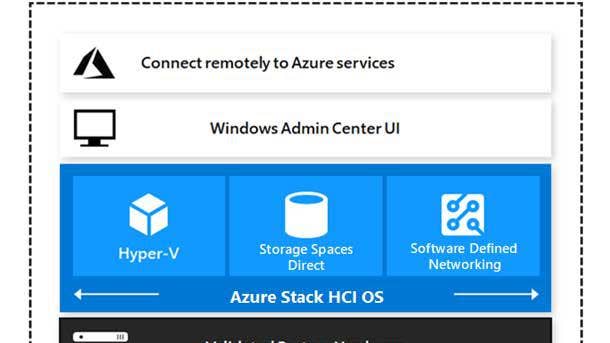
Azure Stack HCI
At Microsoft Inspire 2020, Microsoft unveiled its next generation of Azure Stack HCI, an Azure service that combines the price-performance of hyperconverged infrastructure (HCI) with native Azure hybrid capabilities. The hyperconverged Windows Server 2019 cluster uses validated hardware to run virtualized workloads on-premises, enabling customers to consolidate aging infrastructure and connect to Azure for cloud services.
The newest version of Azure Stack HCI, a native and fully integrated Azure service includes security, performance and hybrid improvements. Microsoft included a new deployment wizard to quickly set up an Azure Stack HCI cluster and connect to Azure to take advantage of Azure Stack HCI native integration with core Azure services including Azure Backup, Azure Security Center and Azure Monitor.
The software and public cloud titan offers the Azure Stack on a various of hardware including ASUS, Axellio, Cisco, Dell EMC, Fujitsu, HPE, Inspur, NEC and Western Digital.
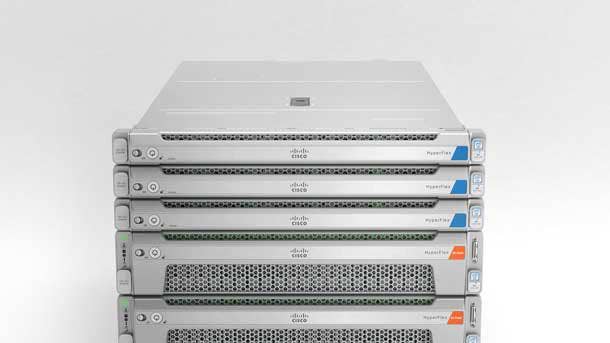
Cisco HyperFlex
Cisco’s HCI HyperFlex product line includes HyperFlex hybrid nodes for general purpose workloads, HyperFlex all-flash and NVMe nodes for mission critical workloads, HyperFlex Edge for remote and branch offices, and HyperFlex compute-only nodes. HyperFlex combines its software HX Data Platform with its UCS server portfolio along with integrated fabric networking. It is a fully integrated appliance that supports VMware vSphere and Microsoft Hyper-V hypervisors, while users can scale compute and storage independently of one another.
Cisco Hyperflex supports multiple hypervisor and its CSI interface offers persistent storage for containers. To enhance HyperFlex’s capabilities to support workloads, Cisco has launched support for Intel’s latest Xeon Scalable processors and an NVMe hyperconverged appliance that utilizes 3-D XPoint technology in both cache and capacity storage tiers.
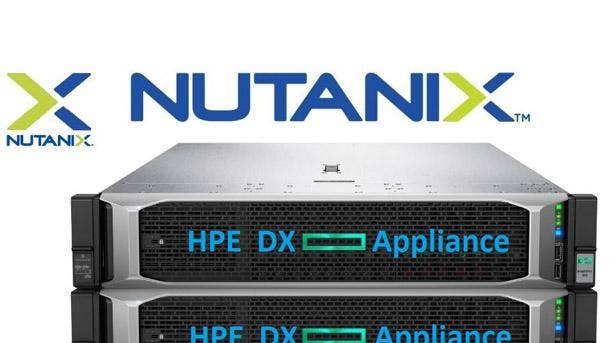
HPE ProLiant DX
In a blockbuster move, Hewlett Packard Enterprise teamed with Nutanix to create the HPE ProLiant DX hyperconverged solution.
With Nutanix Enterprise Cloud software integrated in the HPE factory, the HPE ProLiant DX family of systems enables organizations to build infrastructure delivering the simplicity and agility of public cloud services, with the control and security required in private cloud environments. HPE ProLiant DX offers the same Nutanix compute, storage, virtualization, and network functionality, combined with the company‘s consumer-grade management.
A range of HPE ProLiant DX Gen10 appliances are available, including 1U and 2U form factors with 1, 2 and 4-node models. Available configuration options include Intel Xeon Cascade Lake and AMD Epyc 7002 series processors, various memory, storage types, disk form factors and capacities, and access to hundreds of thousands of different platform combinations.
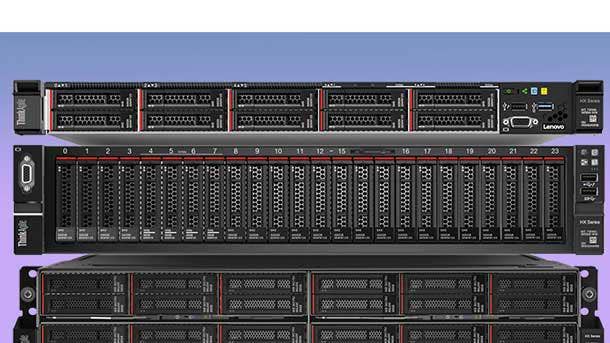
Lenovo ThinkAgile HX
This year, Lenovo launched its new ThinkAgile HX HCI product line powered by AMD EPYC processors along with Nutanix software.
The new ThinkAgile HX AMD two-socket product provides a range of core counts to match application needs, two GPUs per one unit and additional memory bandwidth, target use case performance for virtual desktop infrastructure (VDI) and virtualization consolidation. The hyperconverged infrastructure enables customers to run virtual desktop workloads and maintain consistent performance in the same 1U form factor with up to 50 percent fewer servers, according to Lenovo.
ThinkAgile HX is factory-integrated, validated and configure with preloaded Nutanix Enterprise Cloud software. Lenovo has also integrated ThinkAgile Network Orchestrator with Nutanix Prism to reduce human error and downtime by automating switch configuration in response to changes in the virtual network.
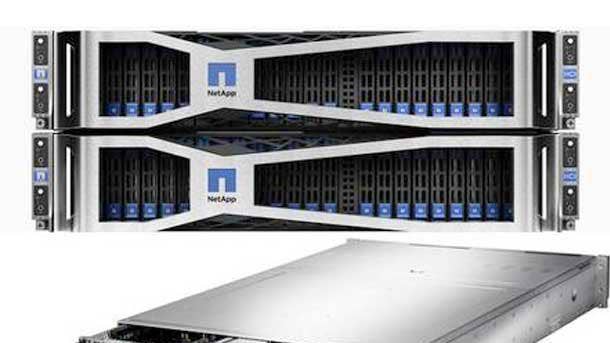
NetApp HCI With Kubernetes
Last month, NetApp formed a partnership with Cupertino, Calif.-based Rancher Labs to embed the startups Kubernetes management platform across NetApp HCI.
NetApp is shipping Rancher, a versatile cloud-native development environment with unique capabilities in supporting low-compute and edge environments, as a natively integrated feature of its NetApp HCI product line. The native integration of Rancher will enable NetApp to serve both traditional virtual machines (VMs) and containerized architecture. NetApp’s hyperconverged infrastructure includes its Data Fabric unified suite of data services that provides consistent data services across on-premises, private cloud and public cloud platforms such as AWS, Google Cloud and Microsoft Azure.
Earlier this year, NetApp also began shipping NetApp HCI 2 Node, a distributed version of its technology tailor made to support remote offices and edge deployments.
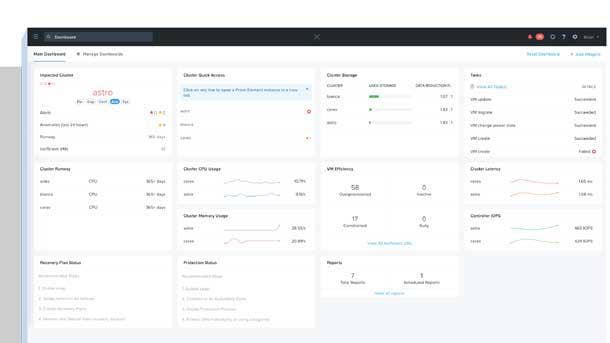
Nutanix HCI
Nutanix is the global market leader in hyperconverged software, according to Gartner, capturing nearly 53 percent share of the worldwide market in the second quarter of 2020.
Nutanix HCI is composed of its software stack, which includes software-defined storage, AOS; an infrastructure control plane, Prism; and its AHV hypervisor. This year, Nutanix added Foundation Central to allow IT teams to deploy private cloud infrastructure on a global scale from a single interface, new lifecycle management features, as well as Nutanix Insights to provide predictive health and automated support services to help streamline operations. Nutanix offers subscription, term-based software licenses that are portable across hardware platforms – including Dell, IBM, Fujitsu, Lenovo, HPE and Inspur – and public clouds.
The software and subscription company’s annual contract value (ACV) run rate climbed to $1.3 billion in its recent first fiscal quarter.
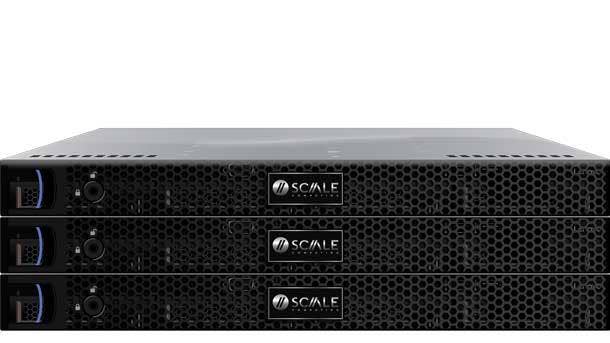
Scale Computing HC3
Scale Computing is a market leader in providing low-cost, reliable hyperconverged solutions at the edge. Scale Computing’s flagship HC3 virtualization platform leverages its own KVM-based hypervisor together with its management, compute, storage pooling and network virtualization capabilities.
Last month, the Indianapolis, Ind.-based company doubled down on HCI by launching two new HC3 appliances powered by Nvidia GPUs, the HC1250DFG and HC5250DFG. The HC3 hyperconverged appliances are designed to enhance support for performance-intensive use cases such as high-density virtual desktop infrastructure (VDI) deployments, 3D imaging, analytics and artificial intelligence. With flexible deployment options from one appliance to clusters of multiple appliances, Scale’s new appliances provide a highly-available, hyperconverged virtualization platform.
Additionally this year, Scale Computing put its full HC3 hyperconverged solution into ultra-small Lenovo M90n Nano and Intel NUC products to run full mission-critical apps at the edge.
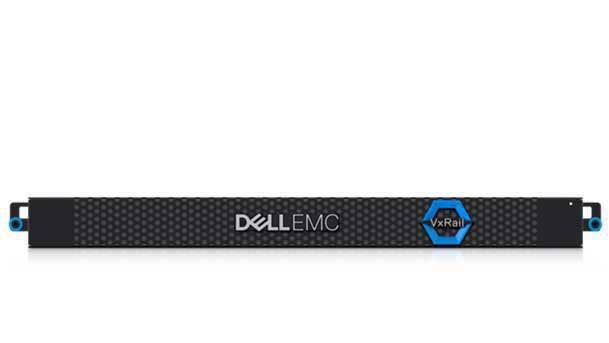
VxRail D-Series
Dell Technologies launched its first-ever ruggedized VxRail D-Series this, the company’s smallest and lightest hyperconverged system ever that is available at a starting price point of approximately $20,000 per 3-node cluster with one-year of ProSupport. VxRail is the world’s leading HCI system and is jointly engineered between Dell and VMware.
The new compact and durable D-Series is only 20 inches deep and designed for the edge to withstand extreme temperatures, sustain 40G of operational shock and operate at up to 15,000 feet. The VxRail D Series is ideal for industries such as manufacturing, industrial and oil and gas environments where conditions can create a technical challenge or space is limited such as onboard ships at sea or equipped in aircrafts.
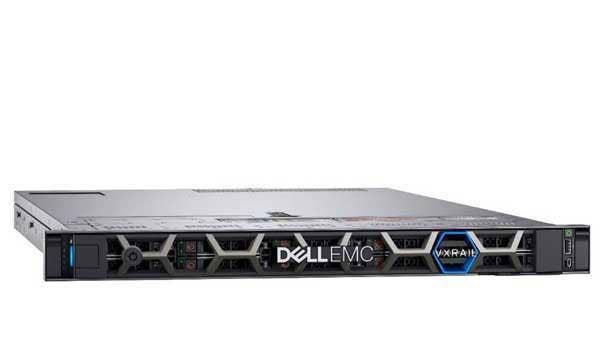
VxRail E-Series
VxRail has been equipped with AMD-based processors with the launch of Dell Technologies VxRail E-Series. The new VxRail E-Series includes 2nd generation AMD EPYC professors that offer customers up to 64 high performance cores and support for PCIe 4. Prior to the E-Series, VxRail traditionally leveraged Intel-based processors.
The new VxRail E665 system is available in NVMe, all-flash, or hybrid storage configurations. It offers high performance in a single-socket model and is an ideal option for database, unstructured data, virtual desktop infrastructure (VDI) and high-performance computing (HPC) workloads. Dell also recently introduced the VxRail Analytical Consulting Engine (ACE), a cloud-based centralized data collection and analytics platform to simplify the management of VxRail clusters.
Dell Technologies is the worldwide market share leader for hyperconverged systems, owning 28 percent share as of the second quarter 2020.
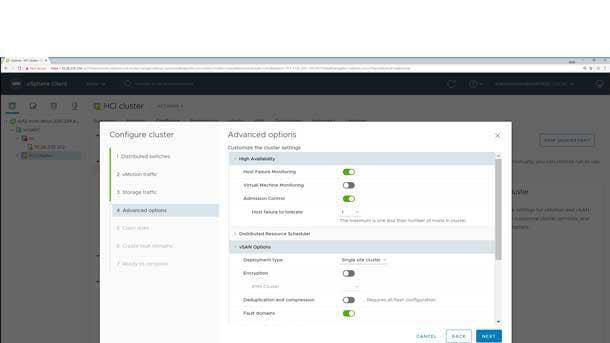
VMware vSAN
VMware’s vSAN is one of the world’s most-used hyperconverged software with vSAN ReadyNodes certified on a slew of HCI systems such as VxRail, Fujitsu PRIMEFLEX, HPE Integrated ReadyNodes, Hitachi UCP and Lenovo ThinkAgile VX.
This year, VMware introduced vSAN 7 with the new HCI Mesh, a software-based approach for disaggregation of compute and storage resources that helps customers to scale incrementally. The new HCI Mesh helps customers to reduce CapEX by sharing capacity across clusters while lowering OpEX as they reduce the amount of storage resources managed by scaling efficiently. VMware’s vSAN is natively integrated with its vSphere hypervisor and is included in VMware Cloud Foundation (VCF), available both on-premises and in every major public cloud.
VMware is the hyperconverged software market share global leader, according to IDC, owning 39 percent worldwide share.